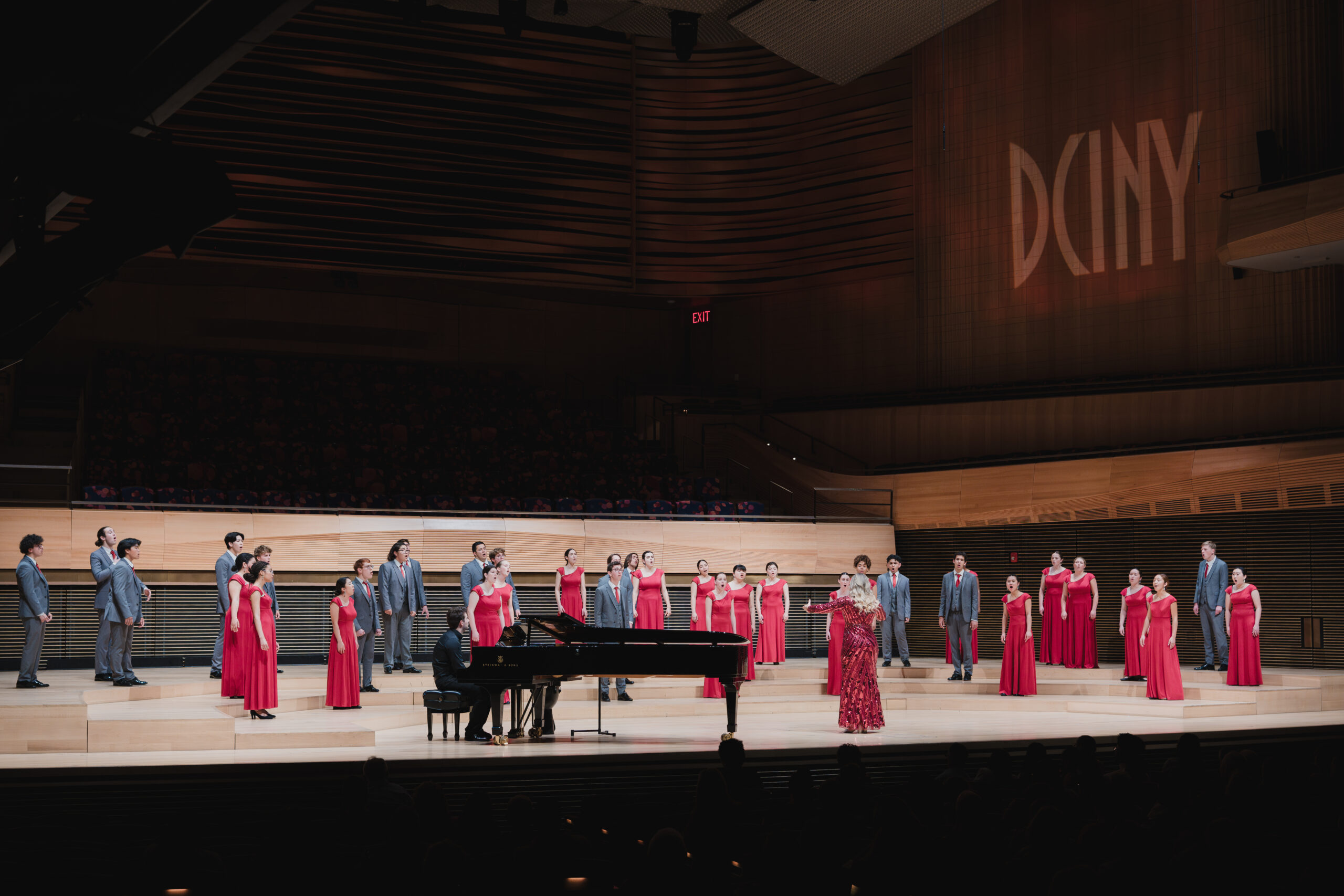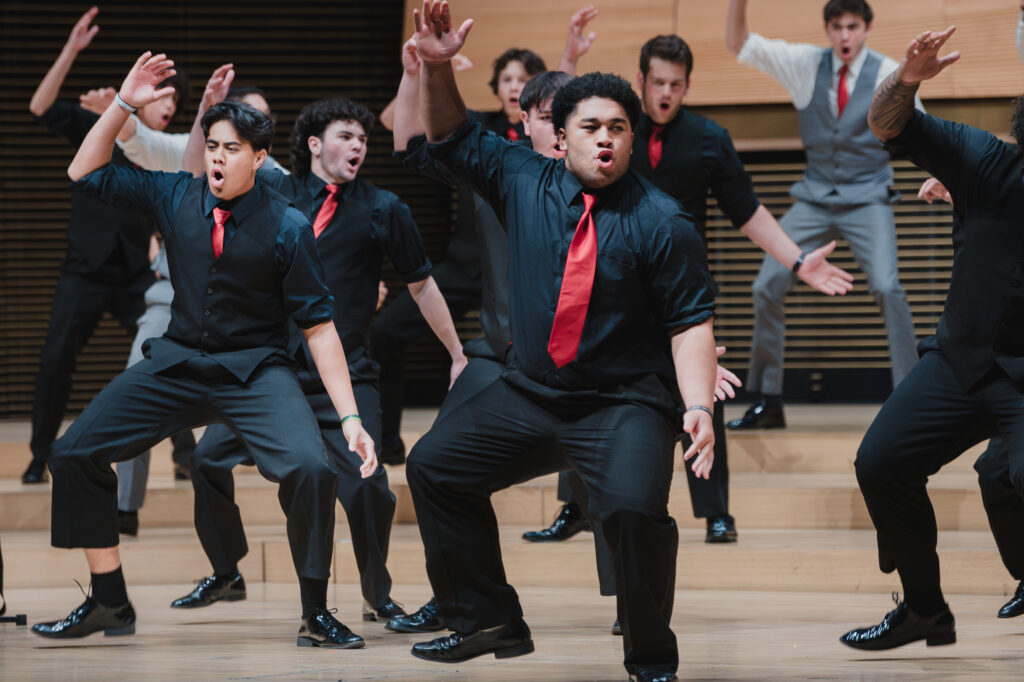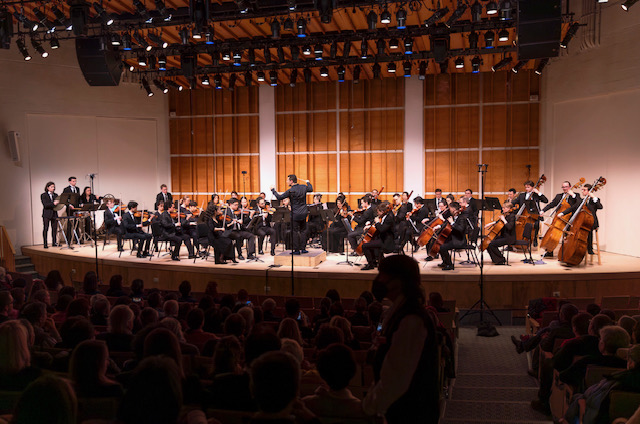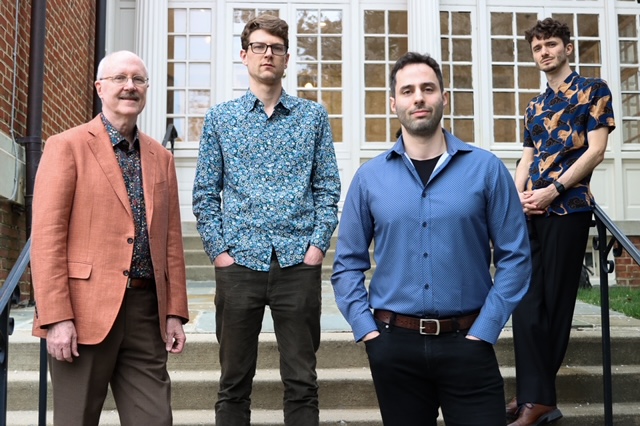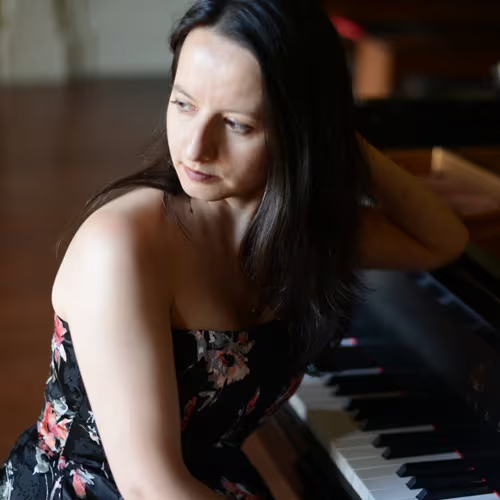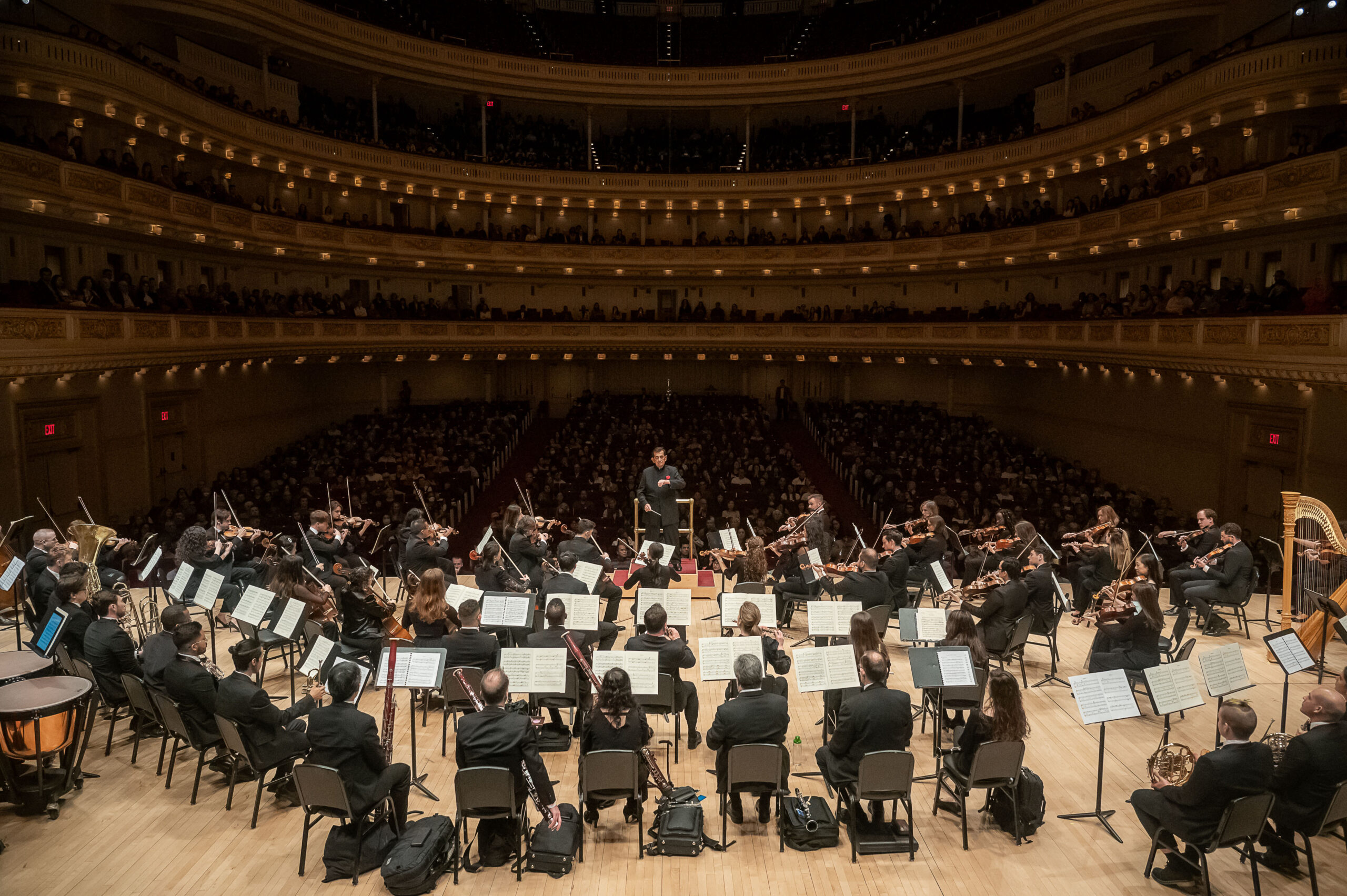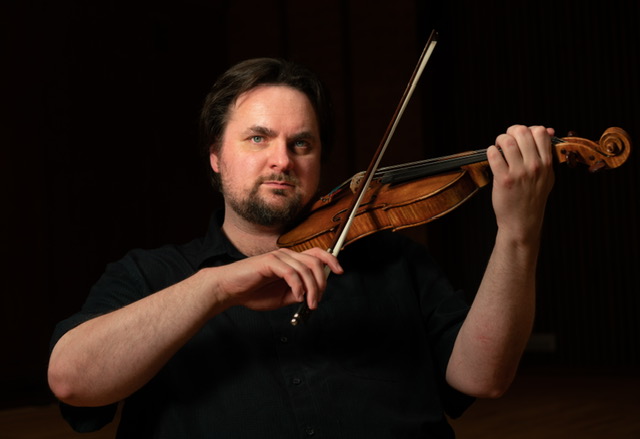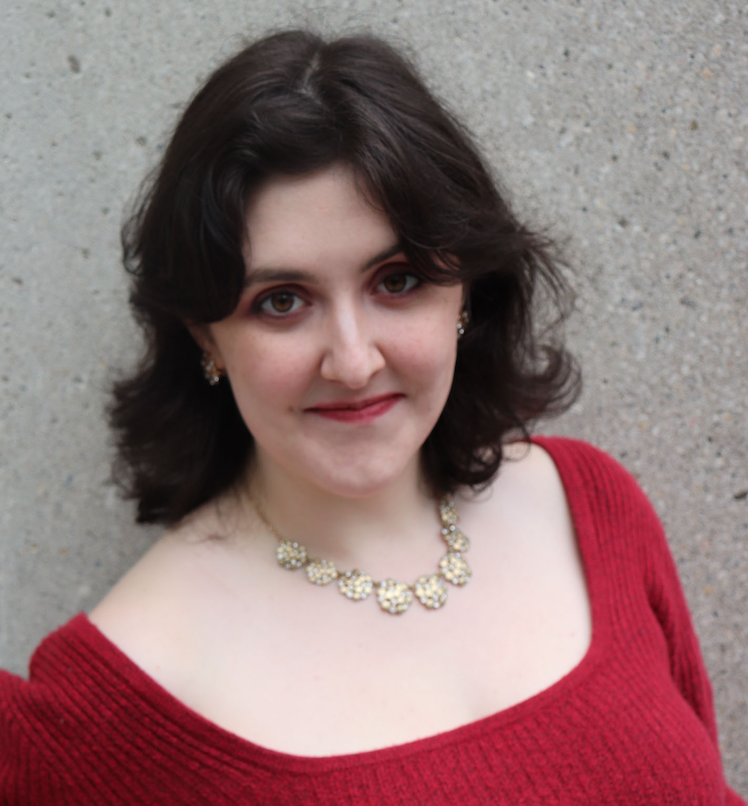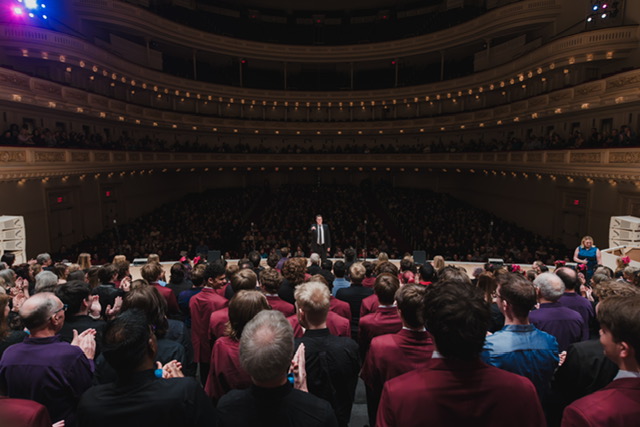Mark Cannon, piano
Westchester Conservatory of Music
White Plains, New York
April 17th, 2024
Mark Cannon offered a demanding program at his piano recital April 17, 2024, at the Westchester Conservatory of Music in White Plains, New York. The works played were Haydn’s Sonata No 62 in E-flat major (Hob. XVI/52), Scriabin’s Sonata No. 10, Op. 70, and Chopin’s Sonata No. 3 in B minor, Op. 58.
Who might play such a program? One could imagine a young, energetic virtuoso with plenty of time to practice these musically and pianistically challenging works. Well, Mark Cannon is, indeed, an energetic musician but he is also, in fact, a 73-year-old psychiatrist with a very busy medical practice! That he can produce such a quality program is truly remarkable!
He is clearly comfortable on stage and at the piano, and he offered some original ideas about the music in his comments. Interestingly, he decided not to take an intermission, which showed his endurance.
His playing has enthusiasm and intelligence. He has thought about, and analyzed this music carefully, and his memory is excellent. In particular, he mentioned that the Scriabin Sonata is thought of as difficult to memorize, but he doesn’t agree, as he finds it logically organized. He never plays “carefully” but always goes for the spirit of the music at tempi that are effective. Is the passagework in fast movements always crystalline? No, it was variable, though sometimes it was quite good, such as in the main theme of the scherzo of the Chopin Sonata. But the music always comes across.
The first movement of the Haydn Sonata was stormy and powerful, though this listener would have liked a bit more soft playing some of the time. The second movement seemed slightly fast but was also sensuous and dramatic, and it had a beautiful ending, The last movement was uninhibited and full of spirit. The pianist clearly enjoyed emphasizing the irregular accents.
The first movement of the Chopin Sonata was played at a nice clip, yet with sensitivity. Dr. Cannon made the interesting comment that the beautiful second theme would be better known if it weren’t part of a much larger work. The scherzo (main section) of the second movement, as previously mentioned, was well played, as was the trio (the middle section).
The theme of the slow movement was expressively presented. The pianist seemed to enjoy exploring the intensity of the E major middle section, and made the transition back to the first theme sound like an improvisation, which worked very well. When it returned, the first theme was now more mellow, and the movement ended beautifully. If the finger work in the last movement wasn’t perfect there was great, and continuous forward motion, and a fine buildup to the last statement of the main theme.
Perhaps most impressive was Mark Cannon’s playing of the Scriabin Tenth Sonata. This thirteen-minute work was written in 1913. The composer wrote “My Tenth Sonata is a sonata of insects. Insects are born from the sun […] they are the kisses of the sun.” The pianist, however, said “I hear birds more.” This listener will not take a position either way (!), but found the music, and the performance gripping. The Sonata begins with several motives and splashes of sound, followed by radiant trills. The disparate elements of this work include moments of intensity and release, as well as a sequence of trills and clashing chords. In the end, the original motives return, but sounding calmer.
This was a very worthwhile and intriguing program!


